Liminal Architecture

Liminal Architecture is a collaborative international design practice delivering quality design for complex and multi-faceted projects in line with world’s best practice. We embrace and acknowledge the value of different disciplines and the pooling of ideas without divide. This holistic approach lies at the core of our design philosophy to ensure clients are the end beneficiaries of superior design solutions. Our own in-house ‘think-tank’ drives conceptual thinking with no limits to unveil and explore what can be. Our collaborative processes guarantee the vision of the client and project stakeholders is understood and realised. Architecture at its finest.
Driving directions to Liminal Architecture on map
Liminal Architecture on Google Maps
Projects:


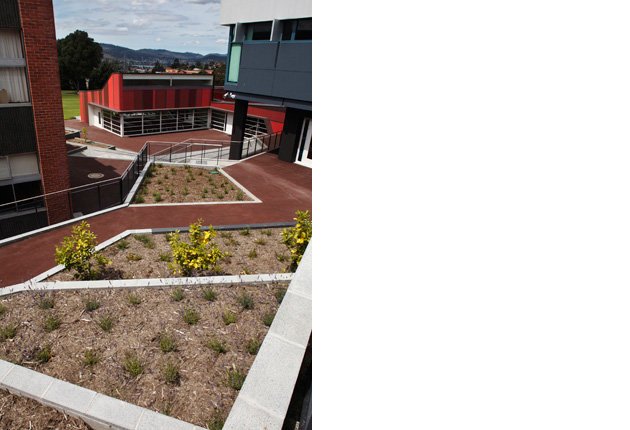
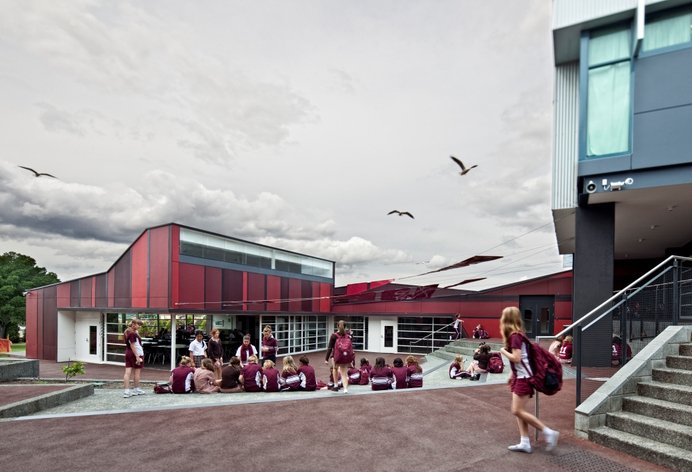
Ogilvie High School Student Centre
New Town, Hobart, Tasmania, 2010
The Student Centre won the top Public Architecture Award at the Australian Institute of Architects Awards, Tasmanian Chapter in 2011. The original Ogilvie High School was designed by Sydney Blythe in 1937 giving the site heritage status. The school has expanded considerably since then, but has never developed a ‘heart’ where the students are encouraged to gather, interact between years, be nourished or had an environment that fosters informal learning. The design of the Student Centre, incorporating surrounding outdoor areas with edible gardens, brings to the grounds a ‘village centre’ – a destination for gathering, meeting, announcing and entertaining while also being equipped with state-of-the art teaching facilities for developing catering skills both domestic and commercial. The self-sufficient nature of the Centre encourages after-hours use by the broader community and facilitates school events and partnering opportunities. The design concept employs a similar philosophy to the original building where form follows function in the sense that volumes within the building vary in accordance with the purpose of the space. The building wraps around an outdoor gathering hub , reflective of a changed attitude to education and contemporary building methods have been used to inspire facade treatment and the School’s branding. http://www.liminalstudio.com.au/ogilvie-high
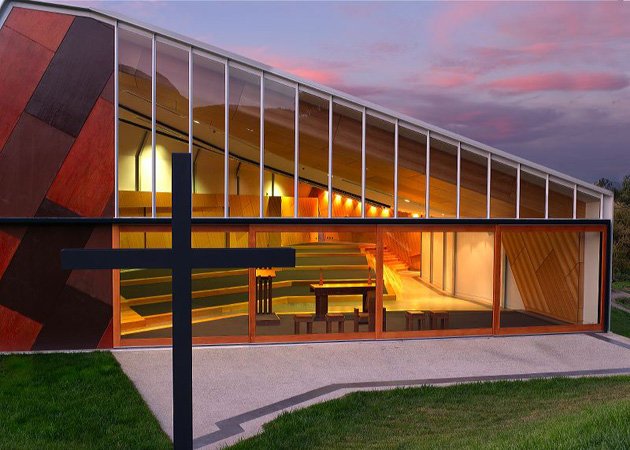
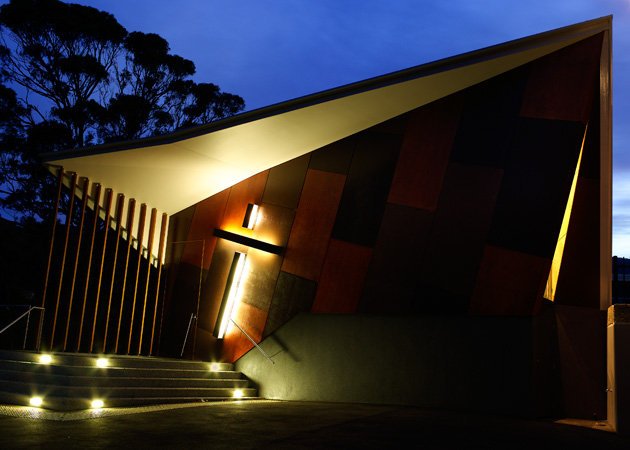
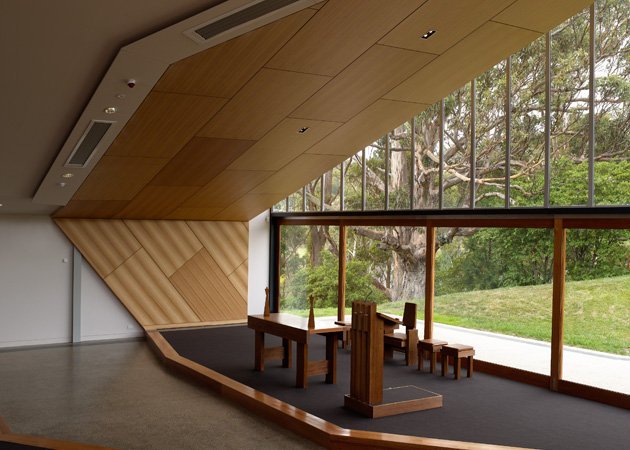
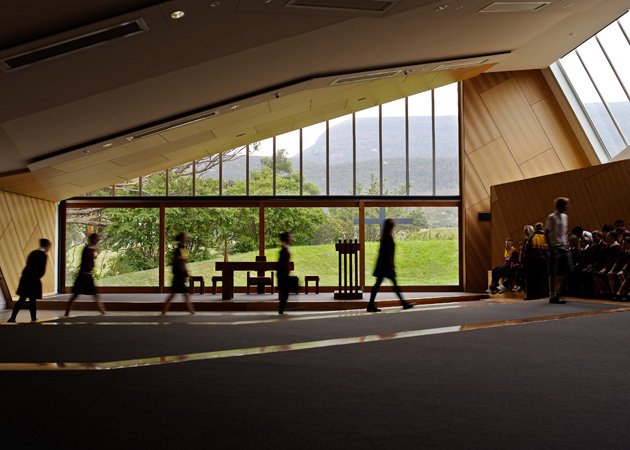
Dominic College Chapel
Glenorchy, 2007
At the apex of their site, Dominic College have a new Chapel that is a place of linking and togetherness for the community. The schools 1950’s chapel was destroyed by fire. Dominic College lost an essential school space and a number of unique artifacts. The brief was a sanctuary that would be expressive of their past and their future. Through an exhaustive site selection process, the group settled on locating the chapel on the footprint of the previous building to respond to the history and topographical characteristics and provide an end to a processional walk. The site also affords a stunning view to Mount Wellington which was a crucial element in the design. Working closely with the school, Liminal Architecture developed a building that supports contemporary spiritual education and worship, creates crucial connections within the school and links to the surrounding landscape. The plan form is generated from the intersection of the line of the processional pathway showing the view to Mount Wellington. The floor of the building follows the topography of the site like a series of modeled contours with zig zagging ramps and stairs that provide easy movement from the processional walk to the upper recreation court- a little over three metres difference in ground level. The level changes facilitate direct connections to the surrounding landscape so that it is possible for this building to accommodate four different chapels in one small building.
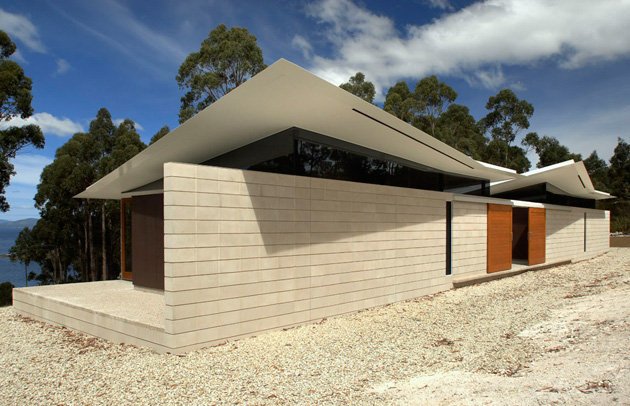
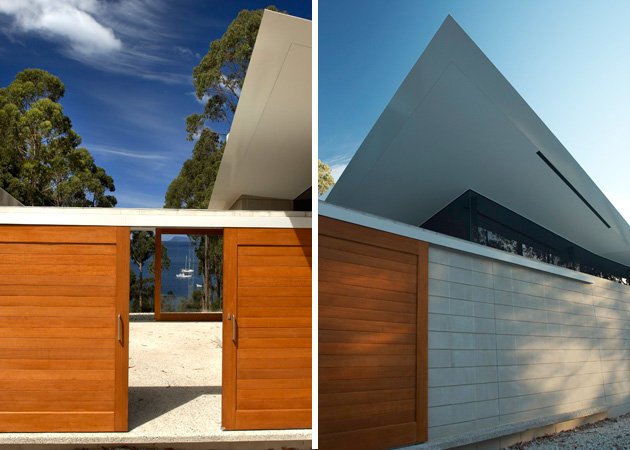
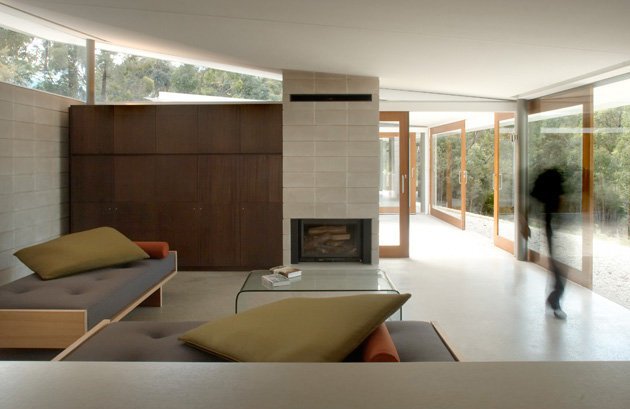
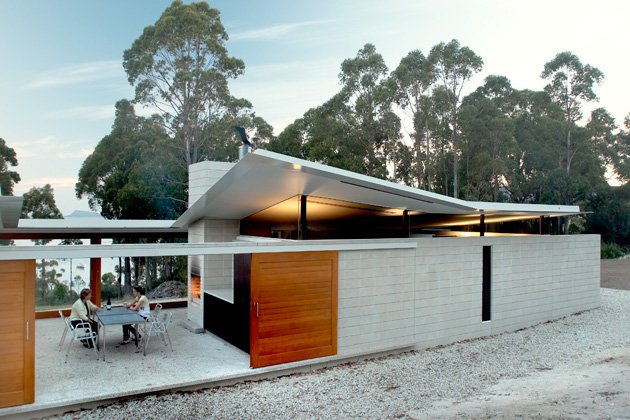
Woodbridge House
Woodbridge, Tasmania, 2007
An architectural building is an expression of the various threads of collaboration between site, owner, context, designer and desire. The weave of this tiny building can be read in every detail of its resolution. Repair is the first thread. The client, a busy professional, bought the site some years ago. It was degraded and littered with debris. On a regular basis, prior to our engagement, he spent time clearing, replanting and untangling. The small home is sited to minimise impact and maximise the effects of his care. With a river and weather to the south and sun to the north, the building ‘ two pavillions with a courtyard between ‘ is what it needs to be. It provides space that captures the warm, north light while tempering the effects of the wind. The glazed southern face shields the occupant while framing water views. Sliding openings allow for cooling cross ventilation. In a home we try to recapture experience in order to reconnect with emotion. The owner has fond recollections of time spent with his father cooking outside. The protected courtyard, with custom fireplace, is made to relive memories. Privacy and retreat entwine in the weave. The heavy wall to the north, with solid sliding doors, divides public from private and forms a back to a cave-like, interior. Spun with each thread is a shared desire for refinement and simplicity. Careful selection of materials, articulation of structure and an approach stretching from site selection through to furniture design are reflected in a finely woven building made with care and time.






